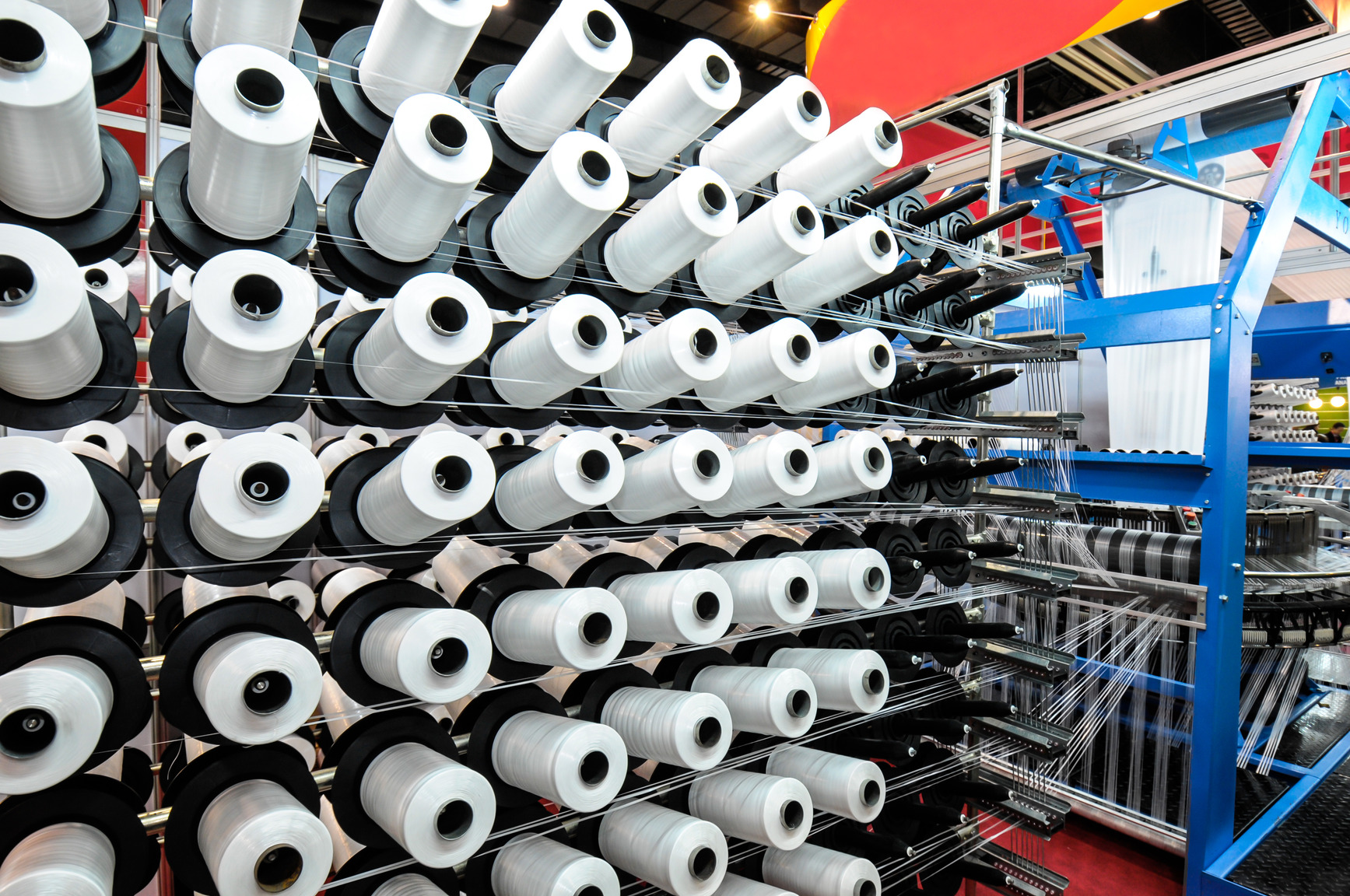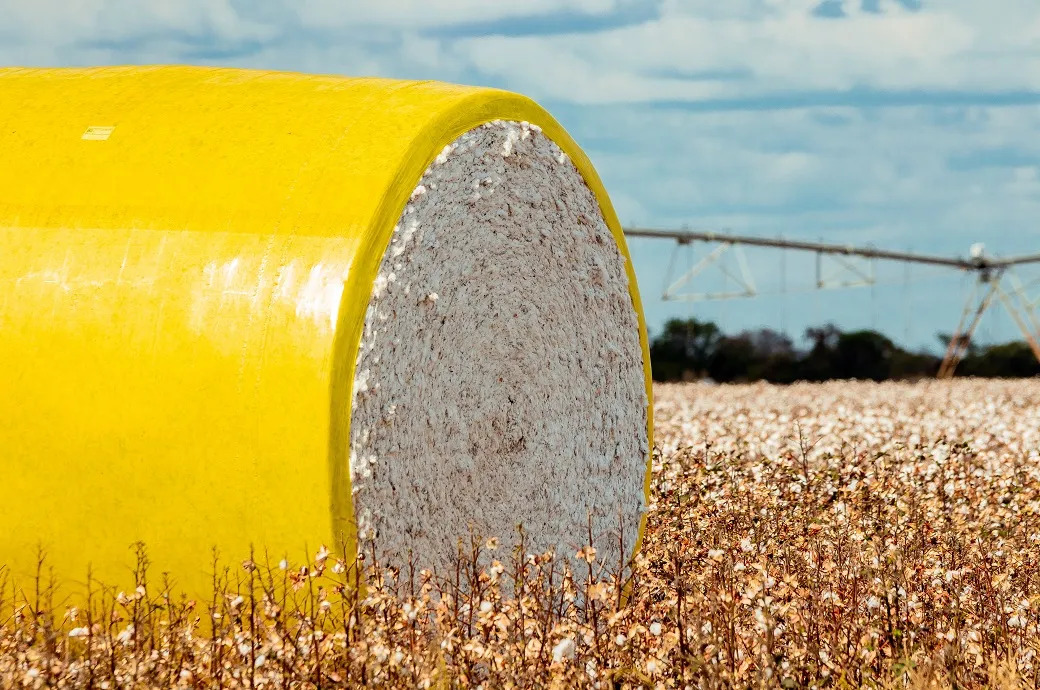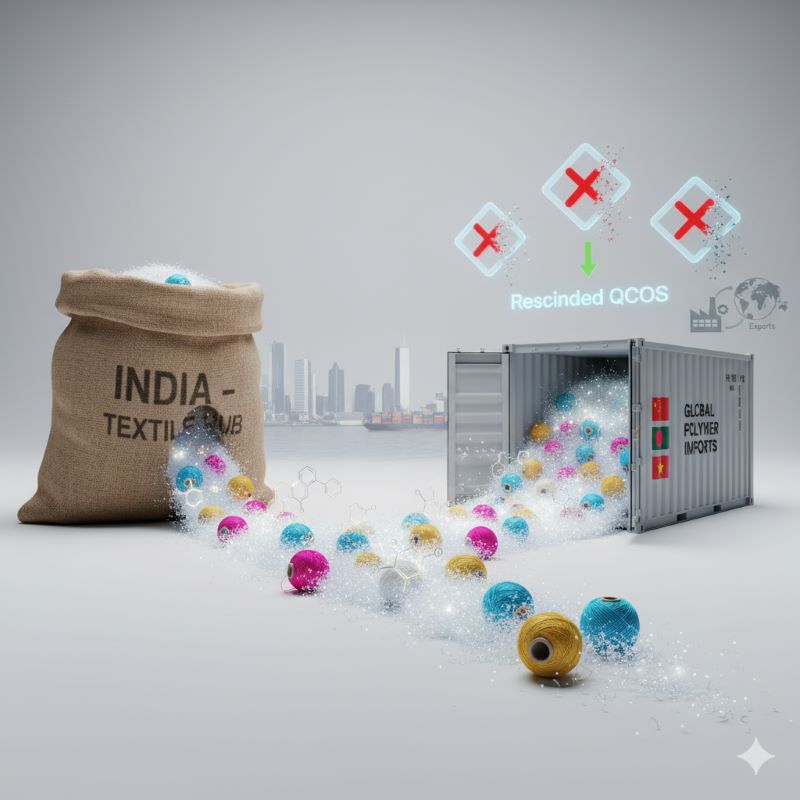
Trend reversal with lesser looms
Demand for textiles is rising globally, creating opportunities for Pakistan’s textile Pakistans weaving sector 2exports. The weaving sector is one of the most important sub-sectors, which further comprises of two kinds of set-ups: the organised and the unorganised. However, Pakistan’s textile industry’s growth shows a reverse trend, especially in the weaving capacity of the mill sector. Installed capacity of looms shrunk from 26,000 in 1978-79 to only 8,000 in 2013-14.
The ‘Power Loom’ sector, in the unorganised sector, has around 300,000 looms and major clusters are in Faisalabad, Gujranwala, Gujarat, Multan, Karachi, Kasur and Jhang. Faisalabad though is the biggest cluster with a substantial number of units that have 50 to 100 looms in a single premise as one unit. The organised sector shifted to cotton spinning, instead of making efforts to develop and modernise the weaving sector. Without modernisation of non-mill weaving, it is not possible to diversify the garments/made-ups sector.
To upgrade product quality, reduce production costs, strengthen competitiveness and stabilize operations, it is necessary to install modern looms. The spinning sector comprises 521 textile units (50 composite units and 471 spinning units) with a capacity of around 11.9 million spindles and 214,000 rotors, as per Textile Commissioner Organisation stats.
Cloth production on the rise
The country’s total production of cloth (mill and non-mill sector) rose from 8,524 billion sq. meters in 2005-06 to 11,850 billion sq. meters in 2013-14. More than 90 per cent of the total fabric production comprises of non-mill loom sector. Therefore, this sector’s weaving capacity continues to enjoy a predominant position. High growth in fabric production is due to the setting up of shuttle-less machines. In Pakistan, shuttle-less weaving is supposedly the largest consumer of cotton yarn, while the non-mill weaving sector contributes to the exports by producing low quality sheeting fabrics. Production of cotton fabrics mill-sector increased from 915 million sq. meters in 2005-06 to 1,036 million sq. meters in 2013-14, thus showing an average increase of 2 per cent per year.
Global demand for clothing and textiles is around $18 trillion worth which would most likely rise by 6.5 per cent per year. Pakistan’s share of world yarn trade is about 30 per cent and cotton fabric is about 8 per cent, making it a major cotton textile products supplier to the global market. Export of cotton fabrics rose from 1.79 billion sq. meters worth $1.80 billion in 2009-10 to 2.35 billion sq. meters worth $2.77 billion in 2013-14. An average increase of 13 per cent per annum in terms of value.













